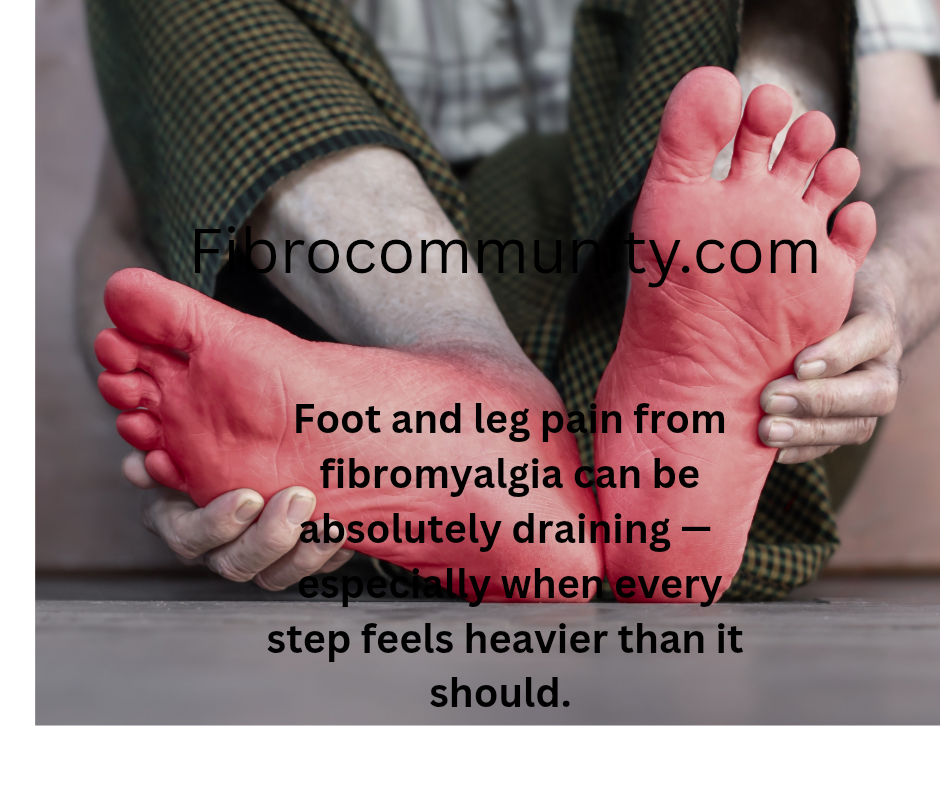K FACTORS FOR FIBROMYALGIA
RECENT POSTS
HOW TO MANAGE A SEVERE SCIATICA FLARE-UP
As many as 40% of Americans suffer from sciatica at some…
WHEN IS TINGLING A SIGN OF NEUROPATHY?
About 2.4% of women and men suffer from peripheral neuropathy, which…
Fibromyalgia affects thousands of Americans, causing symptoms like musculoskeletal…
HOW ARTHRITIS SYMPTOMS AFFECT YOUR SLEEP
Nearly a quarter of American adults have arthritis that’s…
THE TOLL DIABETES CAN TAKE ON YOUR NERVES
Diabetes is a chronic disease that affects nearly 40…
Fibromyalgia affects thousands of Americans, causing symptoms like musculoskeletal aches and pains, fatigue, poor sleep, and problems with memory. Although the specific cause isn’t known, researchers believe fibromyalgia happens when the body doesn’t process pain signals correctly.
At Berkower Pain & Spine Rehabilitation in Pembroke Pines, Florida, David Berkower, DO, helps patients manage fibromyalgia with patient-centered therapies aimed at relieving pain and improving overall quality of life. In this post, learn about six risk factors that could increase your chances of developing this chronic condition.
1. FAMILY HISTORY
A family history of fibromyalgia is a significant risk factor for developing the condition. In fact, fibromyalgia often affects multiple members of the same family. Your risk is greatest if you have a first-degree relative with the condition, meaning a parent, child, or sibling.
It’s important to note, though, that family history is just one factor. You can have fibromyalgia even if you don’t have a family history of the condition. Likewise, having a family history doesn’t automatically mean you’ll develop fibromyalgia.
2. FEMALE GENDER
Female gender is another significant risk factor for developing fibromyalgia. In fact, the CDC says women are twice as likely to develop fibromyalgia as men. Whiler researchers aren’t sure why the gender difference exists, evidence points to differences in hormones — specifically estrogen levels — as being at least partly to blame.
3. UNDERLYING MEDICAL ISSUES
Data suggest fibromyalgia symptoms may be triggered by certain infections, including hepatitis C, HIV, and Lyme disease. Fibromyalgia also appears to be more common among people with rheumatoid arthritis, lupus, and other autoimmune issues. The reasons for these connections aren’t clear, but it may be that these issues “oversensitize” the central nervous system and interfere with how we interpret or feel pain.
4. MOOD DISORDERS
The symptoms of many types of chronic pain can be exacerbated by mood disorders, such as depression or anxiety. At the same time, pain can make these conditions worse as well.
Managing the symptoms of mood disorders could make it harder to manage pain at the same time, amplifying painful sensations while limiting a person’s ability to cope. Chemical imbalances associated with mood disorders may also affect the way a person perceives and manages pain.
5. PHYSICAL OR EMOTIONAL ABUSE AND PTSD
A past history of physical or emotional abuse or a history of post-traumatic stress disorder (PTSD) may also increase your risk of developing fibromyalgia. These issues may heighten a person’s pain responses, which may enhance the perception of pain and change how a person responds emotionally to pain.
6. SEDENTARY LIFESTYLE
When you hurt, you probably don’t feel like moving around. However, sedentary behavior can make your muscles and joints stiff, and that can make fibromyalgia symptoms feel a lot worse. Being physically inactive can increase inflammation and oxidative stress, which are factors that play roles in pain. At the same time, regular gentle exercise may help reduce fibromyalgia symptoms, and, at the same time, it may be able to improve sleep and overall well-being.



